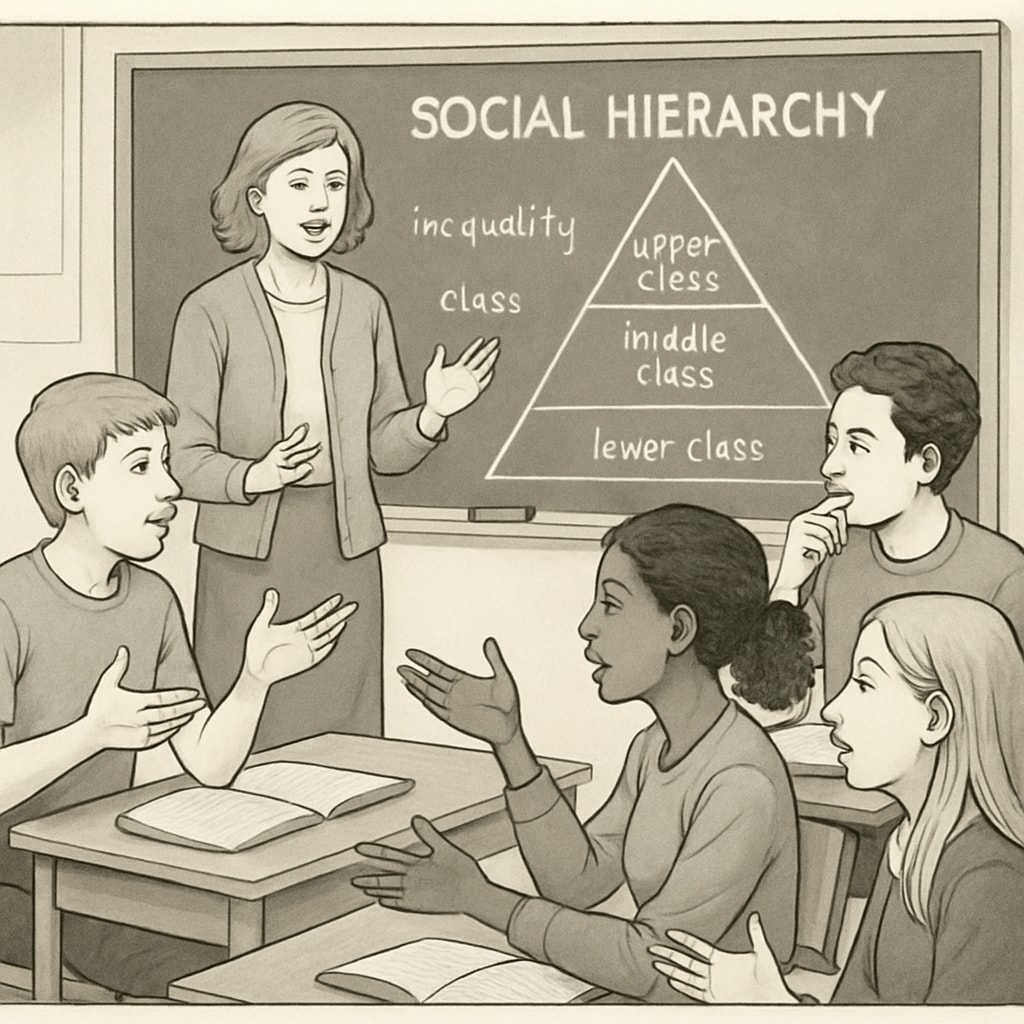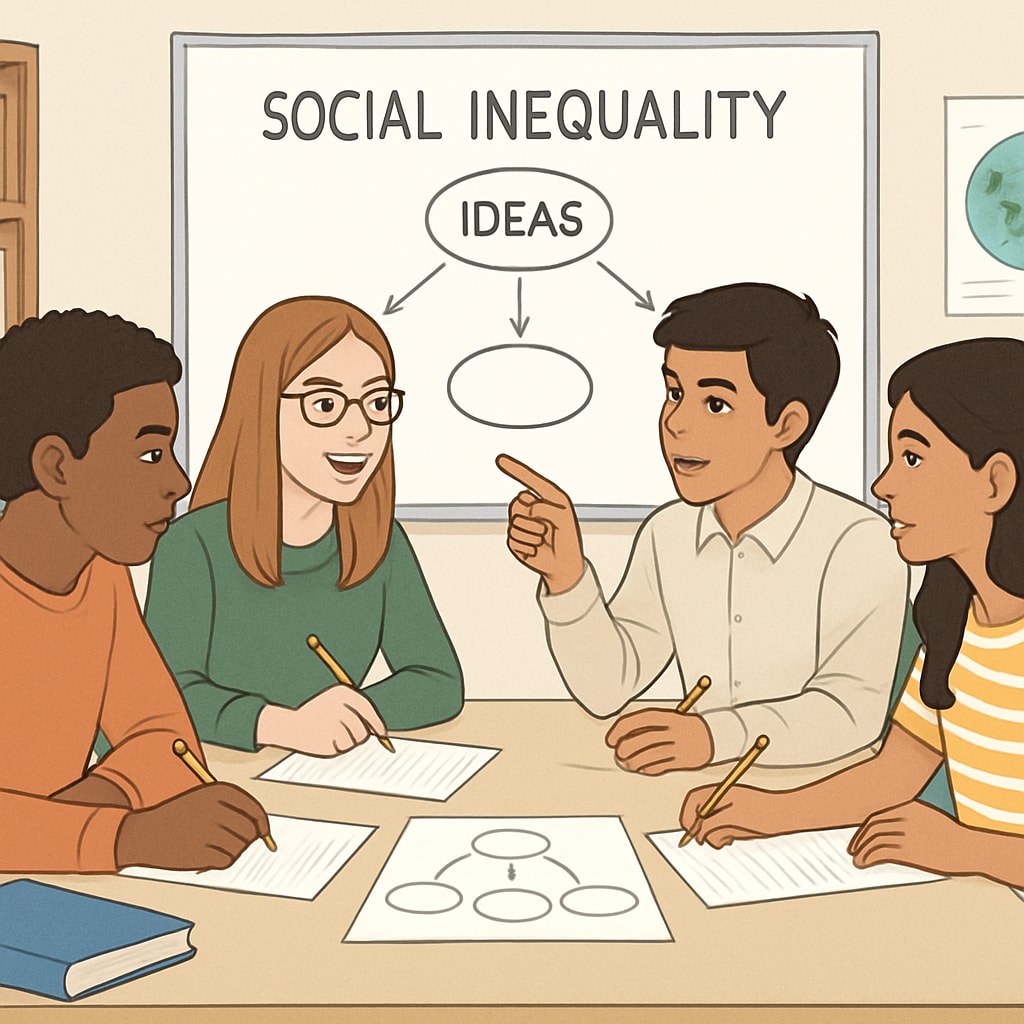The depiction of class stratification, social studies, rigid social mobility in K12 textbooks has recently become a heated topic among educators and parents. One parent of a sixth-grade student discovered controversial content suggesting that an individual’s social class at birth heavily determines their life trajectory. This revelation raises essential questions about how educational materials should present societal realities while encouraging hope, motivation, and the idea of equal opportunities.
Understanding Class Stratification in Educational Contexts
Class stratification (the division of society into hierarchical levels based on socioeconomic factors) is a complex subject, especially for young learners. While it’s important to explain societal structures, framing such concepts in a way that implies rigid boundaries or “fate” determined by birth can be discouraging and counterproductive. Parents and educators are increasingly calling for balanced teaching methods that acknowledge challenges while fostering the belief that hard work, creativity, and education can lead to upward mobility.

The Challenges of Teaching Social Realities
Teaching about class systems and stratification in schools presents unique challenges. On one hand, textbooks should remain factually accurate and highlight existing social inequalities. On the other hand, they must avoid promoting a deterministic view of life outcomes based solely on factors such as wealth or family background. For example, educators can explain systemic barriers while emphasizing the stories of individuals who have overcome adversity to achieve success.
Furthermore, the language used in textbooks can significantly impact how children internalize these lessons. Phrases like “fixed class systems” or “inevitable outcomes” can unintentionally discourage students from pursuing ambitious goals. Instead, teaching materials could focus on resilience, innovation, and the importance of community support in overcoming obstacles.

Collaboration Between Schools and Parents
Parents play a crucial role in helping children interpret potentially controversial topics in their learning materials. Open communication between families and schools can aid in addressing concerns while ensuring students develop a balanced understanding of society. For instance, parents questioning the portrayal of class stratification could propose alternative approaches or supplemental resources that highlight social mobility and success stories.
Some strategies for effective collaboration include:
- Organizing parent-teacher meetings to discuss curriculum content.
- Providing feedback on textbook language and themes.
- Encouraging students to engage in critical thinking and debates about societal issues.
- Introducing diverse perspectives through extracurricular reading materials.
Through partnerships, children can learn to view societal challenges as opportunities for growth and change rather than insurmountable barriers.
Striking a Balance: Opportunity vs. Inequality
Ultimately, K12 education must strike a balance between presenting an honest depiction of societal structures and instilling positive values in students. Concepts like “class stratification” should be taught with sensitivity, ensuring students understand the complexity of social systems without feeling limited by their circumstances.
To achieve this, curriculum designers can adopt several approaches:
- Incorporating diverse stories of individuals overcoming systemic barriers.
- Highlighting historical and cultural progress toward greater equality.
- Encouraging discussions on how societal systems can evolve through civic engagement and innovation.
By presenting these ideas in tandem with facts about inequality, educators can foster critical thinking while maintaining a sense of optimism.
As a result, children can grow not only as informed citizens but also as empowered individuals ready to contribute to societal progress.
Readability guidance: This article uses concise paragraphs, lists for summarizing key points, and transitions for logical flow. The language is accessible for general readers, prioritizing clarity over complexity.


